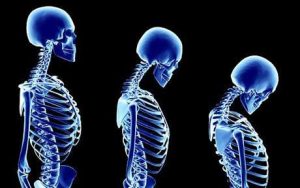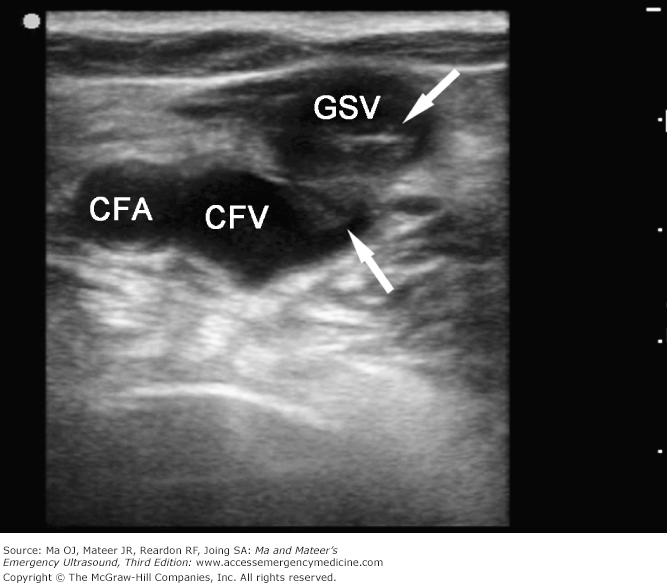Osteoporosis Causes, Prevention and Treatment

Osteoporosis (or porous bone) is a bone disease in which makes your bone extremely fragile and causes it to break easily. Without prevention or treatment, this disease can progress without pain or symptoms until a bone breaks (fractures).Worldwide more than 200 million people are suffering from osteoporosis.
Bones in your body are continuously broken down and reformed .The process is known as bone remodeling. Osteoporosis occurs due to an imbalance in this remodeling process. Special bone cells called “Osteoclasts” break down old bone. Then another type of bone cells called “Osteoblasts” creates new bone. In this disease more bone is broken down and less new bone is built back up. As a result, your bones become less dense (thick).
They lose their strength and start to break more easily. Calcium deficiency is the major cause of this desease. Low levels of calcium in your blood result in the release of a hormone that activates bone breaking cells. This is called a silent disease because bone weakening occurs over time and one cannot feel it. Breaking a bone is often the first sign of it.
The spine, hips, ribs and wrists are common areas of bone fractures.1 in 3 women and 1 in 5 men are Osteoporotic. It is more common among female after menopause. This is due to reduced levels of estrogen as a result of menopause. Menopause refers to the absence or menstrual periods for 12 months.
Smoking and excessive alcohol intake increases the risk of it. Genetics also plays a role in developing Osteoporosis. Up to 30 genes have been linked to the development of Osteoporosis. Lack of physical activity reduces bone and muscle strength which increases the risk of fractures and falls.
Osteoporosis is more or less preventable for most people. Prevention is very important because, while treatments for osteoporosis are in place, currently no cure exists. Prevention of osteoporosis involves several aspects, including nutrition, exercise, lifestyle, and, most importantly, early screening with bone density tests. Diet rich in Vitamin D and calcium can help prevent this disease. Vitamin D helps your body to absorb calcium and increases bone density.
Researchers are developing stem cell therapies to treat this disease. Stem cells from human amniotic fluid could be used to strengthen brittle bones.
The treatment resulted in 79% fewer fractures in mice with disease. Growth hormone (GH) taken with calcium and vitamin D supplements can also reduce the risk of fractures in the long term. Up to 75% of a person’s bone mineral density is determined by genetic factors. By identifying genes responsible for bone formation and loss. New techniques can be developed to prevent Osteoporosis in the future.
For more updates to related medical documentation, follow me and signup my newsletter.










